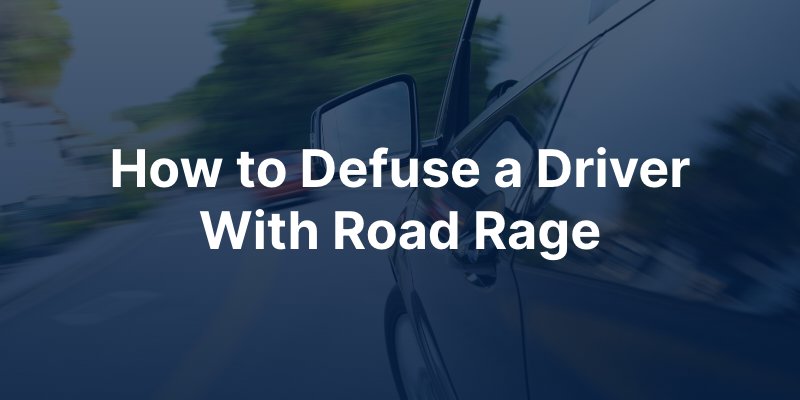What to Do If Another Driver Has Road Rage
Request Free ConsultationToday’s busy lives and populated metro areas lead to congested traffic conditions and aggressive driving behaviors. Even in rural areas with less traffic, some drivers exhibit aggression toward other drivers, especially if they feel they’ve been “wronged” through another driver’s error, carelessness, or aggressive actions such as cutting them off in traffic. When a driver’s aggressive behavior turns dangerous or involves swearing, making rude gestures, or threatening violence, they are exhibiting road rage behaviors that could escalate into actual violence or car accidents. So how does a driver recognize the signs of road rage and desescalate the situation?
Startling Road Rage Statistics
According to Consumer Affairs, road rage statistics continue to steadily increase each year. In 2022, 92% of drivers questioned stated that they’d witnessed road rage behaviors by other drivers at least once that year. 89% claimed they’d been the victim of at least one instance of road rage behavior by another driver. Further alarming road rage statistics include:
- Drivers under the age of 19 are four times more likely to exhibit road rage than older drivers
- Road rage is more common in the summer months
- The most common reasons given for road rage behavior are stress, heavy traffic, running late, and angry feelings
- Around 66% of traffic fatalities result from aggressive driving
- Around 30 murders occur each year due to road rage violence
- Road rage reports have increased by around 500% in the last decade
Signs of road rage include aggressively tailgating, shouting, repeated horn honking, rolling down the windows and swearing, making rude gestures, brake-checking, and motioning another driver to pull over. When road rage escalates, it can include chasing another vehicle, running them off of the road, intentional collisions, and violent attacks or shootings.

How to Avoid and Defuse Road Rage Situations
We all make the occasional driving mistake or thoughtless maneuver in traffic, but by carefully avoiding behaviors like tailgating, cutting off other drivers, failing to signal turns or lane changes, flashing high beams, or aggressively honking at other drivers you can minimize the risks of triggering road rage in other drivers. However, if you do find yourself the target of another driver’s rage and aggressive driving, take the following recommended measures to avoid escalating the situation:
- Avoid making eye contact with an angry driver
- Raise a hand and mouth an apology at the angry driver even if you don’t feel you were in the wrong
- Don’t react aggressively, but instead allow the driver to pass
- Stay calm and do not engage with the other driver beyond an attempt at an apologetic gesture
- Never pull over or get out of your vehicle
- Call 911 and report the behavior if you cannot diffuse or evade a worsening road rage situation
No one likes feeling victimized by an angry driver, especially if they don’t feel they were in the wrong. However, it’s always best to keep a cool head and take purposeful actions to avoid escalating an angry driver. Not only do road rage situations sometimes end in disaster due to accidents and acts of violence, but if you allow yourself to become agitated and aggressive yourself, you could be accused of road rage behaviors as well as the other driver.
